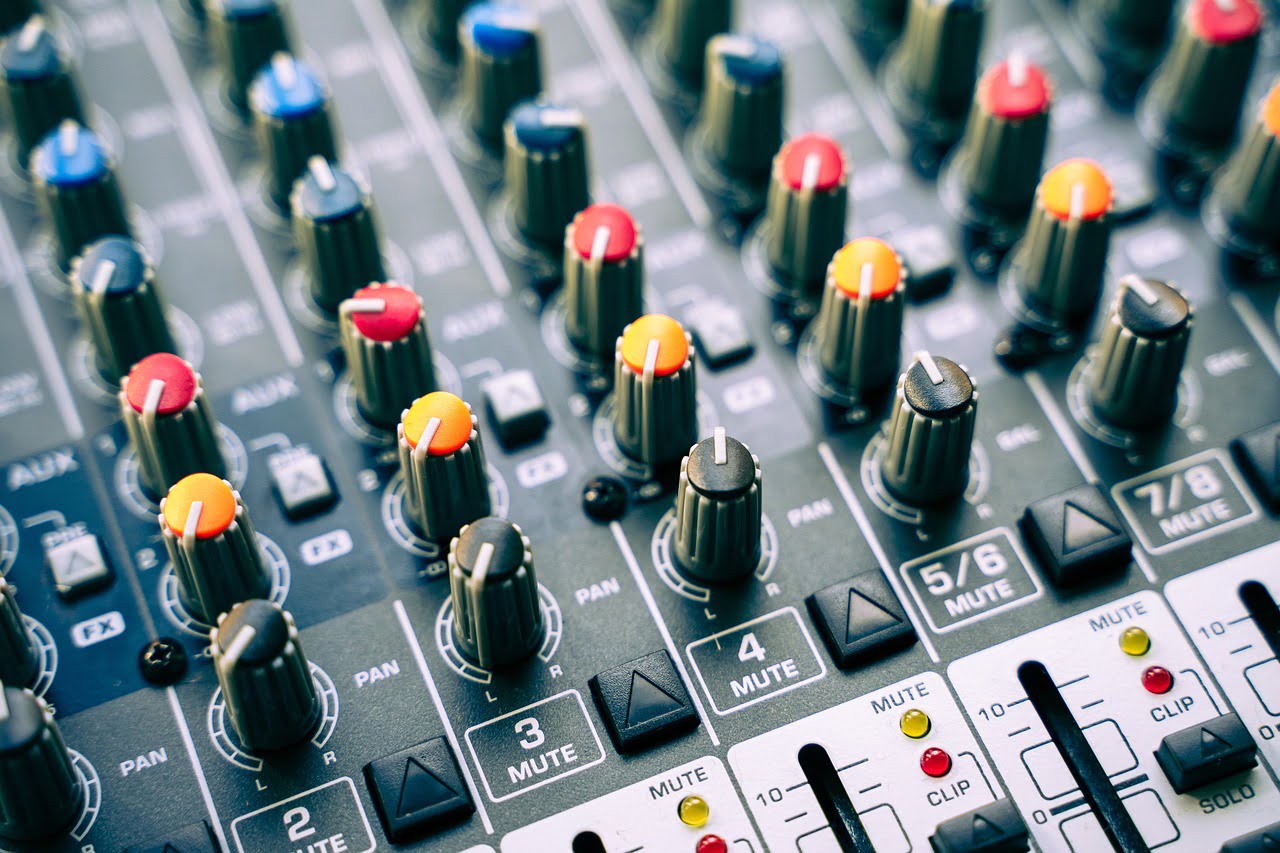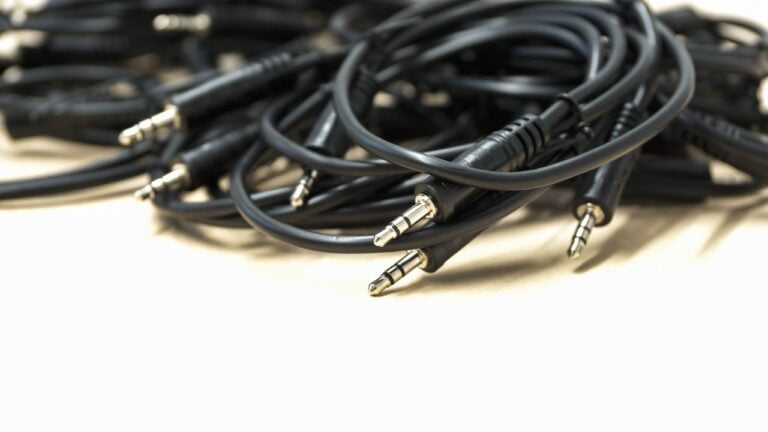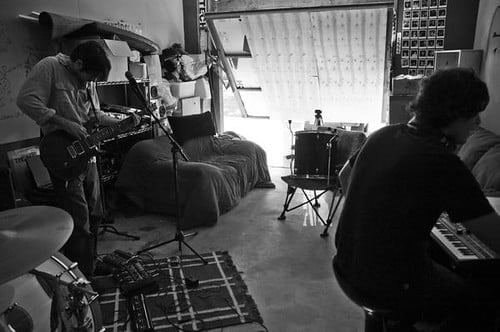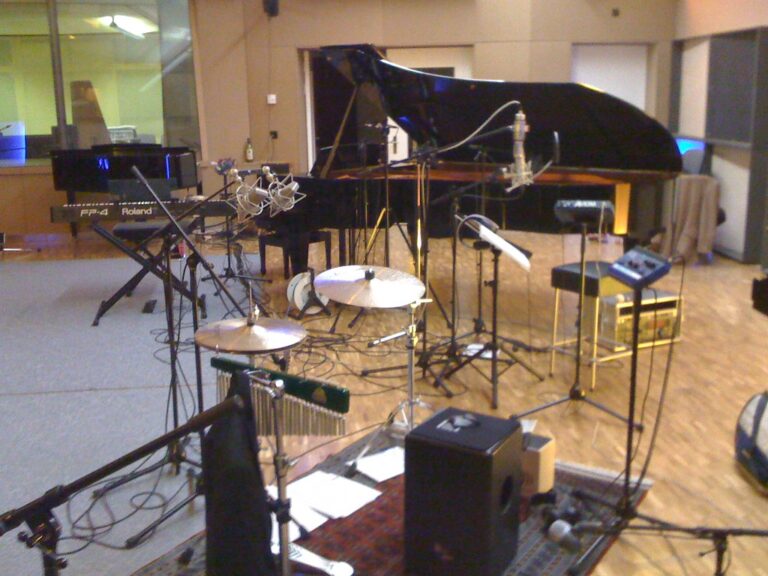Routine Maintenance for Your Home Studio Equipment
Hey there! So, you want to make sure your home studio equipment stays in tip-top shape, huh? Well, I've got you covered! In this article, I'm going to walk you through some essential routine maintenance tasks that will keep your gear performing at its absolute best. No more worrying about technical glitches or hiccups during your creative process!
We are supported by our audience. When you purchase through links on our site, we may earn an affiliate commission, at no extra cost for you. Learn more.
First things first, let's talk about cleaning and organizing those cables. We all know how tangled and messy they can get, right? It's like a jungle of wires just waiting to trip you up. By taking a few minutes to tidy things up, you'll not only prevent any potential accidents, but you'll also save yourself a headache when it comes time to find the right cable for the job. It's a win-win situation!
Next up, we've got monitor calibration. Now, I know what you're thinking: "What on earth is monitor calibration?" Well, think of it like tuning a musical instrument. You want your monitors to be in perfect harmony, so that what you see on the screen is a true representation of your audio. By calibrating your monitors regularly, you'll ensure that your mixes sound great no matter where they're played.
And let's not forget about updating your software. Just like your favorite apps on your phone, software updates for your studio equipment are crucial. They often come with bug fixes, new features, and improvements that can take your work to the next level. So, why miss out on all that goodness? Take a few moments to check for updates and let your equipment shine bright like a diamond!
So, there you have it – a few simple steps to keep your home studio running smoothly and producing innovative work. Don't let neglect stand in the way of your creativity. By giving your equipment a little TLC, you'll be able to focus on what truly matters – making awesome music and art. Now, go forth and conquer the world of home studio maintenance!
Cleaning and Dusting
To maintain your home studio equipment, regularly clean and dust all components. Keeping your equipment clean is essential for optimum performance and longevity. Dust and dirt can accumulate on your gear, affecting the sound quality and functionality. Start by using a soft cloth or microfiber cloth to gently wipe down the surfaces of your equipment. Pay special attention to knobs, buttons, and faders, as they tend to collect more dirt. For hard-to-reach areas, use a small brush or compressed air to remove dust. It's also important to clean your cables regularly to avoid signal loss and interference. By making cleaning and dusting a part of your regular maintenance routine, you'll ensure that your home studio equipment stays in top condition and continues to deliver the innovative sound you desire.
Checking and Organizing Cables
Are your cables properly organized and in good condition? Keeping your cables neat and tidy is not only visually appealing but also crucial for maintaining optimal performance in your home studio. Start by checking each cable for any signs of wear and tear, such as frayed ends or exposed wires. Replace any damaged cables immediately to prevent signal loss or electrical hazards. Next, organize your cables using cable ties, velcro straps, or cable management solutions. Labeling each cable can also be helpful for easy identification. Additionally, consider investing in cable organizers or cable sleeves to keep everything in order and avoid tangling. By taking the time to check and organize your cables, you will ensure a clutter-free and efficient studio setup, allowing you to focus on your creative endeavors.
Calibrating and Testing Monitors
Check the color accuracy and performance of your monitors by calibrating and testing them regularly. Calibrating your monitors ensures that the colors displayed on your screen are accurate and consistent. This is especially important for creative professionals who rely on accurate color representation in their work. By regularly calibrating your monitors, you can avoid any discrepancies in color reproduction and ensure that your work is displayed as intended. Additionally, testing your monitors helps identify any issues with brightness, contrast, or pixel defects. This allows you to address any problems early on and maintain optimal performance. Use calibration tools and software to adjust settings such as brightness, contrast, and color temperature. Regularly testing and calibrating your monitors will ensure that you have a reliable and accurate display for your creative endeavors.
Maintaining and Lubricating Moving Parts
Regularly lubricate the moving parts of your home studio equipment to ensure smooth operation and prevent unnecessary wear and tear. Moving parts such as sliders, knobs, and faders can become stiff over time, affecting their performance and accuracy. To maintain optimal functionality, apply a small amount of lubricant to these parts using a precision applicator or a cotton swab. Be sure to use a lubricant specifically designed for electronics to avoid damage. Additionally, regularly clean the moving parts to remove any dust or debris that may accumulate. This will further enhance their performance and extend their lifespan. By taking the time to lubricate and clean the moving parts of your home studio equipment, you'll ensure that it operates smoothly and efficiently, allowing you to focus on your creative process without any hindrances.
Updating Firmware and Software
Keep your home studio equipment up-to-date by regularly installing firmware and software updates. Firmware updates are essential as they improve the functionality and performance of your devices, fixing any bugs or issues that may arise. These updates can enhance the overall user experience and ensure that your equipment operates at its optimal level. Similarly, software updates provide new features, increased stability, and improved compatibility with other devices or software programs. By keeping your equipment up-to-date, you can take advantage of the latest advancements in technology, ensuring that your home studio remains innovative and cutting-edge. Remember to check for updates regularly and follow the manufacturer's instructions for installation to ensure a smooth and seamless update process.
Inspecting and Cleaning Connectors
Ensure optimal performance of your home studio equipment by regularly inspecting and cleaning connectors. Connectors play a crucial role in the transmission of audio signals, and any dirt or debris can disrupt the quality of your recordings. Start by visually inspecting each connector for signs of damage or corrosion. Look for bent pins, loose cables, or any other visible issues. If you notice any problems, address them immediately to prevent further damage. Next, use a can of compressed air to blow away any dust or debris that may have accumulated in the connectors. Be gentle and avoid using excessive force. For stubborn dirt, use a cotton swab lightly dampened with isopropyl alcohol to clean the connectors. Remember to let them dry completely before reconnecting your equipment. Regularly inspecting and cleaning your connectors will help maintain the integrity and longevity of your home studio equipment.
Storing and Protecting Equipment
To maintain the optimal performance of your home studio equipment, it is important to properly store and protect your gear when it is not in use. Storing your equipment in a safe and secure location will help prevent damage and extend its lifespan. Make sure to keep your gear away from extreme temperatures, humidity, and direct sunlight, as these can cause electronic components to malfunction. Utilize protective cases or covers to shield your equipment from dust, dirt, and accidental spills. Additionally, consider investing in equipment racks or shelves to keep everything organized and easily accessible. It is also a good idea to regularly inspect your storage area for any signs of pests, as they can damage your gear. By taking these precautions, you can ensure that your home studio equipment remains in top condition and ready for your next creative endeavor.
Conclusion
In conclusion, regular maintenance is crucial for keeping your home studio equipment in optimal condition. By cleaning and dusting, checking and organizing cables, calibrating and testing monitors, maintaining and lubricating moving parts, updating firmware and software, inspecting and cleaning connectors, and storing and protecting equipment, you can ensure that your studio remains in top-notch shape. Remember to schedule routine maintenance tasks to prevent any issues and prolong the lifespan of your equipment.







